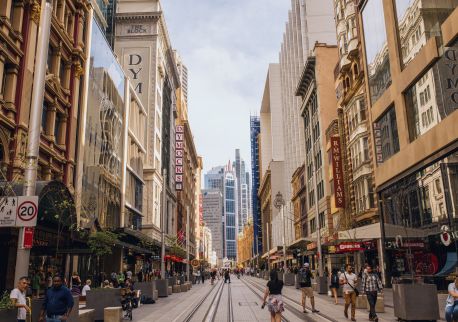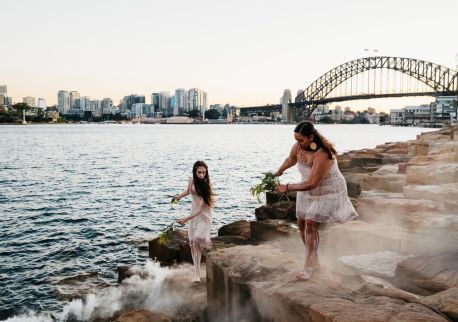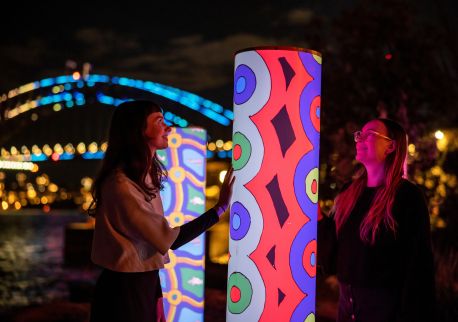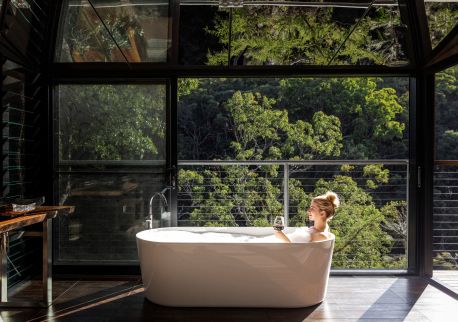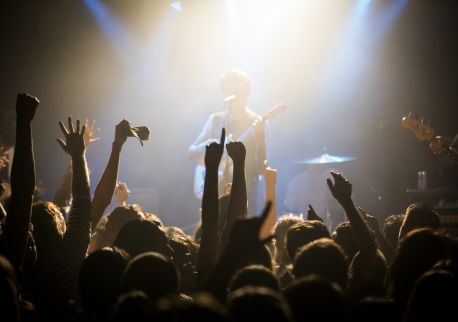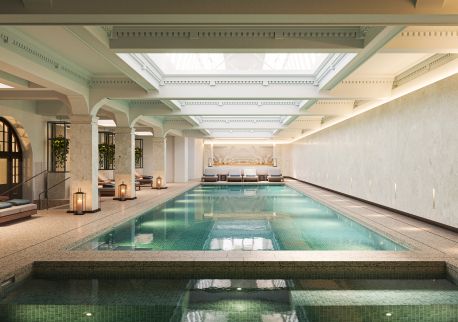White Rabbit Gallery
Highlights
Overview
The White Rabbit Gallery was opened in 2009 to showcase what has become one of the world's most significant collections of Chinese contemporary art.
Dedicated to works made in the 21st century, the White Rabbit Collection is owned by Judith Neilson, who was inspired to establish it after her first trips to Beijing in the late 1990s. She was thrilled by the creative energy and technical quality of the works she saw and wanted to share them with people outside China. She makes regular trips to China and Taiwan to augment the Collection, which now includes over 3000 works by more than 800 artists and continues to expand.
The gallery building, a Rolls-Royce service depot in the 1940s, was completely refitted as an exhibition space by architect William Smart. Since the Gallery can house only a fraction of the collection at any one time, there are two new exhibitions a year, each involving a full rehang. For this reason, the Gallery closes during installations, usually in February and August.
The White Rabbit Gallery is a registered charitable institution funded solely by Judith Neilson. Admission is free.

